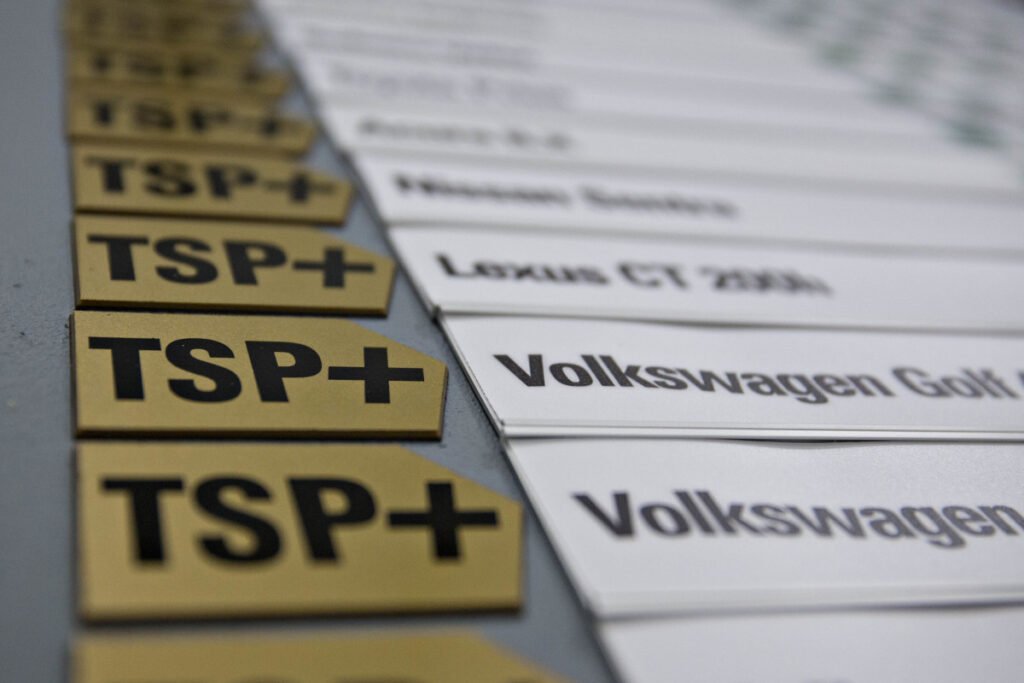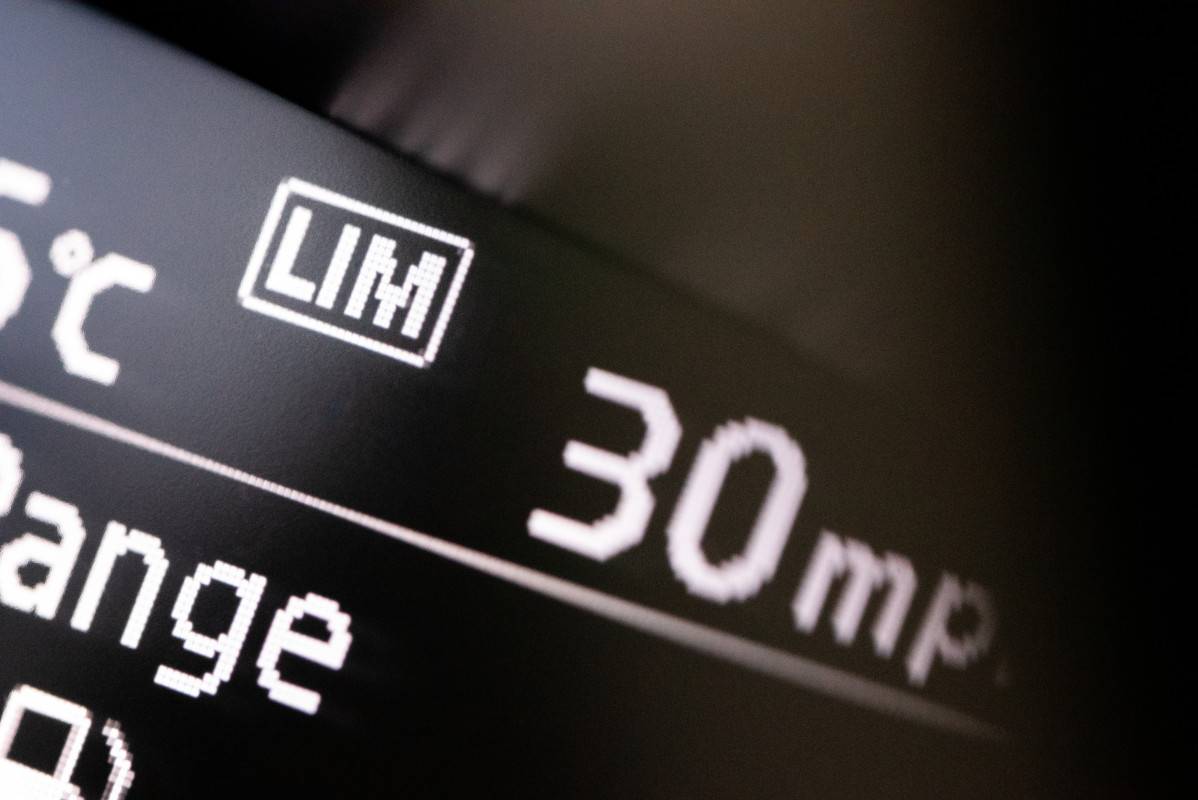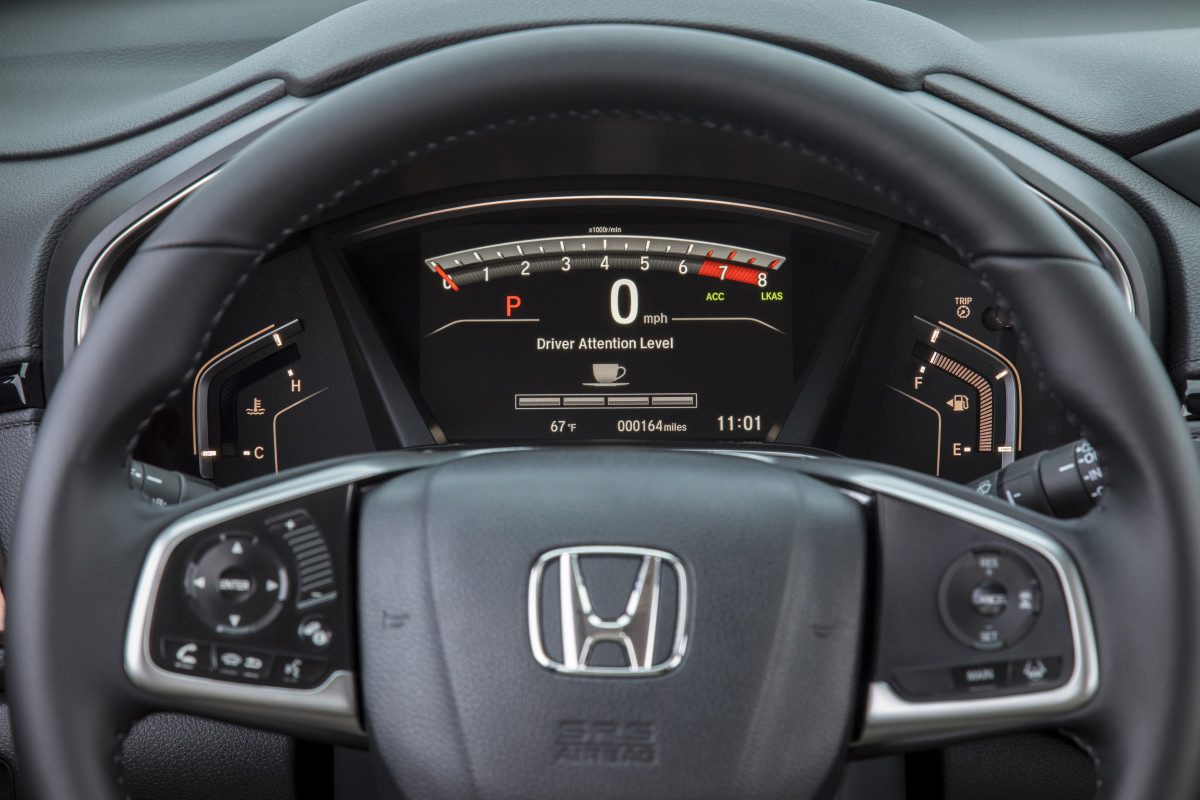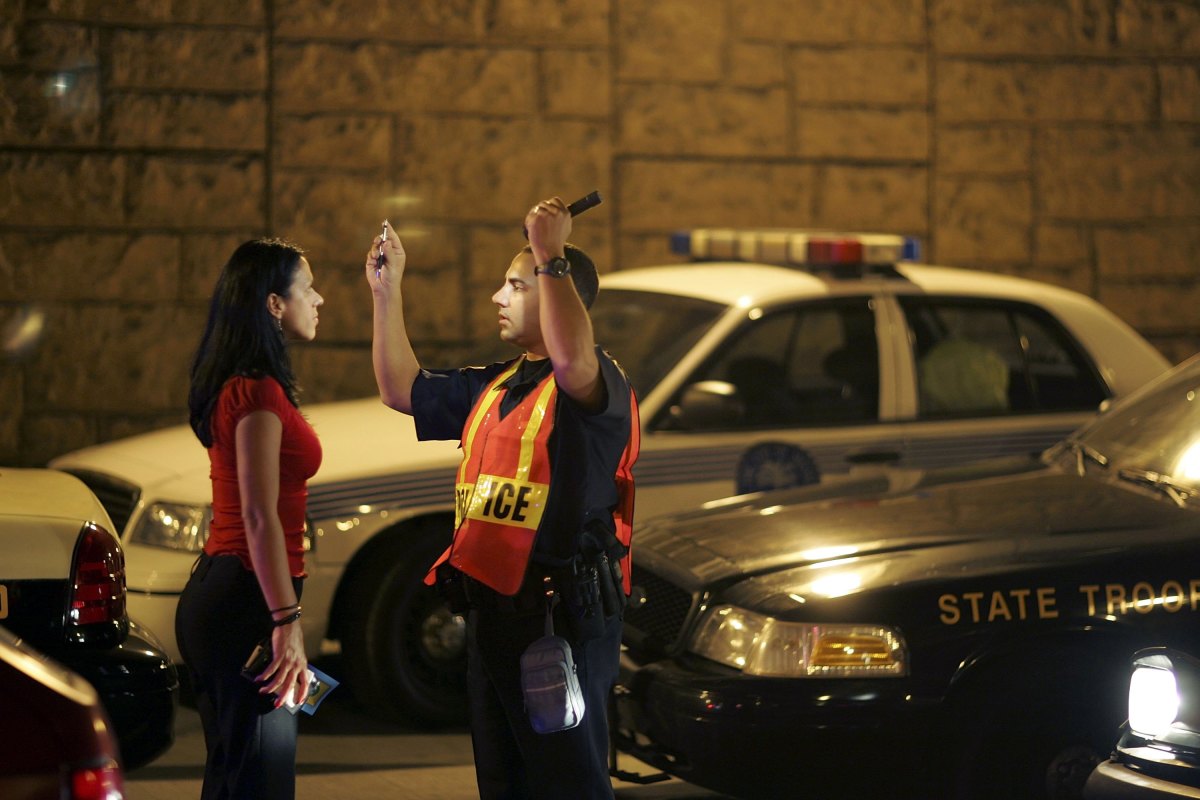
The IIHS’s Top Safety Pick+ award is more than just marketing; it’s an automaker’s badge of honor
For decades, the Insurance Institute for Highway Safety (IIHS) has been a rigorous body focused on upholding automotive safety, as its comprehensive crash tests and ratings pushed automakers to build stronger and safer vehicles with better structures, airbags, and more sophisticated systems to protect occupants. Cars that not only passed but exceeded their stringent recommendations were awarded the coveted Top Safety Pick+ award, a badge of honor that shows buyers that the car is one of the safest vehicles on the market for them and their families.
The IIHS’s Top Safety Pick+ award has never been easy, but the testing criteria to earn it are about to get even tougher. In a new announcement, the IIHS announced that it’s adding a new layer of requirements aimed not just at crash protection but also at how well a vehicle can prevent them in the first place.

During a roundtable hosted by Mothers Against Drunk Driving (MADD) to commemorate its 45th anniversary, IIHS President David Harkey announced that beginning later this decade, features that detect speeding, driver distraction, and driver impairment will become part of the criteria for winning the coveted Top Safety Pick+ award. Harkey tied this to the IIHS’s “30×30” vision, which aims to cut road deaths in the U.S. by 30% by 2030.
“As part of our 30×30 vision to cut U.S. road deaths 30% by 2030, we are committed to addressing the risky, and often illegal, behavior that underlies most fatalities today,” Harkey said. “One way we plan to do that is to leverage our ratings and award programs to encourage automakers to adopt this new class of safety technology, just as we got them to improve vehicle structures, airbags, and collision avoidance systems.”
The first feature to be scrutinized will be intelligent speed assistance (ISA), a piece of in-car technology that monitors the speed limit and alerts drivers when they are speeding. Warning-based versions already come standard in some U.S.-market vehicles, while the Europeans have begun using more active systems that slow the car down in some cases. The IIHS expects to issue its first ratings that take ISA systems into account in 2027, which means that car buyers may see speed monitoring as a standard feature very soon.
Honda
Driver attention monitoring systems are also on the IIHS’s agenda. These systems are already in use in cars by mainstream brands like Honda and Subaru, which typically use cameras or sensors to ensure that drivers’ eyes are on the road and not dozing off or on their phones.
The IIHS is also investigating impairment detection systems, which can help prevent injuries and deaths resulting from a DUI. Researchers are developing breath-based sensors that measure blood alcohol concentration through normal breathing, touch-based systems that analyze alcohol levels through the skin, and even digital solutions that monitor eye movement or steering behavior for abnormal impairment signs.
Unlike traditional in-car breathalyzers that are plugged in and blown into before starting a car, these tools could operate seamlessly in the background and apply to more than just alcohol, potentially flagging impairment from drugs or fatigue as well.

A lot is riding on these safety measures
The stakes are real. According to the IIHS, nearly a third of U.S. traffic deaths involve impaired drivers. An IIHS analysis says that if every vehicle could prevent someone with a blood alcohol level of 0.08 percent or higher from driving, more than 10,000 lives could be saved each year. Stacey Stewart, CEO of MADD, called the IIHS initiative “a significant milestone for victims and survivors of impaired driving” and praised the Institute for bringing its credibility to the fight.
“This is a significant milestone for victims and survivors of impaired driving,” Stewart said. “Incorporating impairment prevention into IIHS Top Safety Pick+ criteria is remarkable progress toward ending drunk driving. We commend IIHS, the gold standard in the U.S. market, for its leadership and look forward to supporting the 30×30 initiative.”
Automakers pay attention when the IIHS changes the rules. In 2022, it began to incorporate enhanced seatbelt reminders into its testing, which are much more noticeable than the required chimes mandated by the government. At the time, only 16% of vehicles earned a good rating, but by the 2025 model year, nearly three-quarters of vehicles tested received that rating. As a result, the rapid change pushed the National Highway Traffic Safety Administration to mandate enhanced reminders across all new cars.

Final thoughts
Although the IIHS plays a significant role in promoting vehicle safety, Harkey emphasized that its work requires strong collaboration among safety advocates, the auto industry, and federal, state, and local policymakers to make meaningful change.
“The sooner we can start getting these features into vehicles, the sooner we can make risky-driving deaths a thing of the past,” he said. “But even if we start tomorrow, it will be decades before all vehicles on the road are equipped with these systems. That’s why we also need to continue advancing strong policies to deter impaired driving, speeding, and other problem behaviors.”



